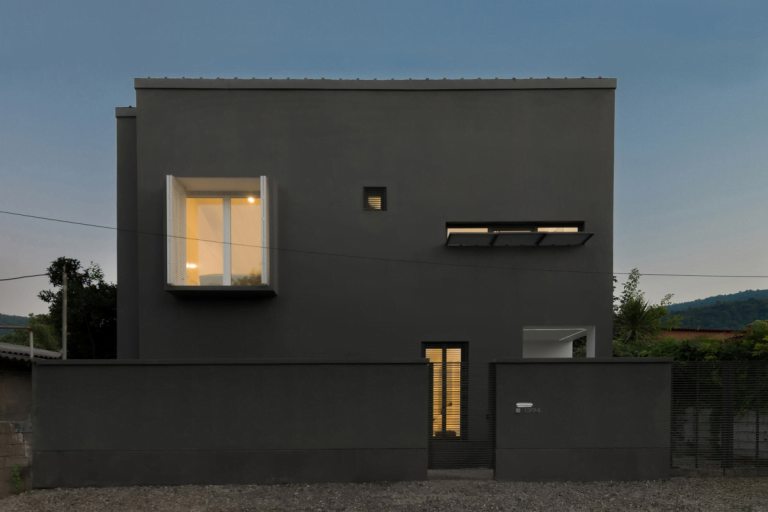نوع مقاله : مقالۀ پژوهشی
نویسنده
- سمیه موسویان
دکترای معماری، واحد علوم و تحقیقات، دانشگاه آزاد اسلامی، تهران، ایران.

باغ نظر (ماهنامه)
دوره 18، شماره 101
آبان 1400
صفحه 50-37
بیان مسئله: زمینههای پژوهشی حوزۀ زیباییشناسی محیط نیازمند قواعد و مبانی نظریاند که بتواند مقدمهای اساسی از درکی تجربی، شناختی و یا عاطفی از رسوخ زیبایی در محیط را از طریق تجربۀ انسان معرفی کنند. لذا پژوهش حاضر، با توجه به خلأ نظری موجود در زمینۀ مبانی نظری ماهیت تجربۀ زیباییشناسی محیط و فرایند ادراک و شکلگیری آن، قصد دارد تا به این موضوع از دریچهای دیگر بنگرد تا بتواند مسیرهای جدیدی را برای شناخت دقیق آن در حوزههای دیگر (که به طور دقیق به این موضوع پرداختهاند) جستوجو و معرفی کند. از این رو این سؤالات مطرح میشوند که فرایند شکلگیری و ادراک تجربۀ زیباییشناسی در زمینههای نظری روانشناسی هنر چگونه است. لذا بر این مبنا، کدام تئوریها قابلیت کاربرد بیشتری در حوزۀ زیباییشناسی محیطی دارند؟
هدف پژوهش: هدف بازخوانی مدلهای شاخص ادراک تجربۀ زیباییشناسی در حوزۀ روانشناسی هنر است تا با شناسایی ساختارهای زیربنایی تئوریها، بتواند از قابلیتهای آنها بهعنوان مبنایی برای بحث دربارۀ مفاهیم نظری علوم محیطی بهرهمند شود.
روش پژوهش: این پژوهش با رویکرد کیفی و به صورت تحلیلی به شناسایی مدلهای ادراکی مختلف در خصوص تجربۀ زیباییشناسی در حوزۀ روانشناسی هنر پرداخته است. پس از بررسی مدلهای ادراکی شاخص، شش مدل انتخاب شد و پس از شناسایی رابطۀ بین متغیرهای این مدلها از طریق تحلیل محتوای آنها، در نهایت دو مدل اصلی معرفی شد. سپس مبتنی بر مفاهیم حوزۀ زیباییشناسی محیطی و پتاسیلهای موجود در دو مدل منتخب، با پیشنهاد ایجاد همگرایی در مسیر این دو مدل، سعی شد تا بستری نظری را برای روشهای چندگانۀ پژوهشی در زمینۀ زیباییشناسی محیطی ارائه کند.
نتیجهگیری: تئوری مدل لدر (رویکرد شناختی) و نظریۀ سیلویا (رویکرد ارزیابی ذهنی هیجان) در تکامل یکدیگر، شبکهای یکپارچه از فرایندهای ادراکی، شناختی و عاطفی را معرفی میکنند و مکانیزمی را برای مدلسازیهای انعطافپذیر و طیف وسیعی از متغیرها را در خصوص اولویتهای تجربۀ زیباییشناسی ارائه میکنند که میتواند فرضیاتی جدید را در حوزۀ زیباییشناسی محیطی معرفی کند.
عنوان مقاله [English]
Analysis of Theoretical Approaches to Perceiving and Matching Aesthetics Experience in Environmental Sciences
نویسنده [English]
- Somayeh Moosavian
Problem statement: The research areas of environmental aesthetics require theoretical rules and principles to introduce a fundamental background to an empirical, cognitive, and emotional perception of infusion of aesthetics into the environment through human experience. Therefore, given the gap in the theoretical foundations regarding the nature of environmental aesthetics experience and its perception and formation process, this study aims to find a different perspective to seek and introduce new paths in order to identify the problem more accurately in other areas (which have thoroughly addressed the problem). Hence, two questions may arise. How is the process of forming and perceiving aesthetics experience in the theoretical areas of the psychology of art? In this regard, what theories are more practical in environmental aesthetics?
Research objective: The study aims to review the prominent models of aesthetics experience perception in the psychology of art by Identifying the basic structures of the theories, can make benefits from their capabilities to lay the foundation for discussion about the theoretical concepts in environmental sciences.
Research Method: This is a qualitative study that seeks to analytically identify different perceptual models of aesthetics experience in the psychology of art. After the prominent perceptual models were analyzed, six models were selected. Their contents were analyzed to identify the relationships between their variables. Finally, two main models were introduced presented. Based on the concepts of environmental aesthetics and the potential of the two designated models, it was recommended to converge their paths to provide a theoretical context for multiple research methods of environmental aesthetics.
Conclusion: Leder’s theory and Silvia’s theory introduce an integrated network of perceptual, cognitive, and emotional processes to compete with each other. They also propose a flexible modeling mechanism for a wide range of variables regarding the priorities of aesthetics experience. As a result, new hypotheses can be developed for environmental aesthetics.
صاحب امتیاز: پژوهشکده هنر، معماری و شهرسازی نظر
مدیر مسئول: دکتر سید امیر منصوری
سردبیر: دکتر احمد پوراحمد
دوره انتشار: ماهنامه
شاپا چاپی: 1735-9635
شاپا الکترونیکی: 2251-7197















